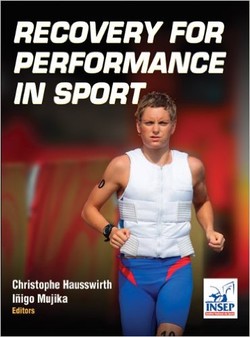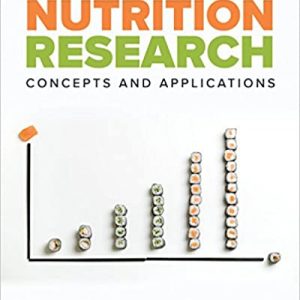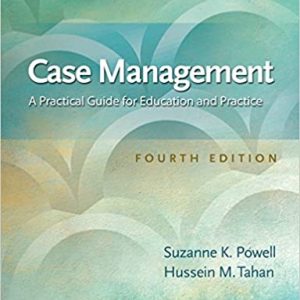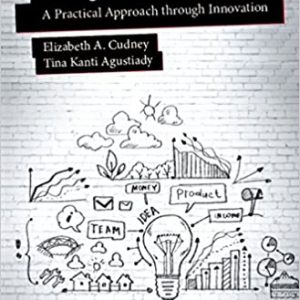Appealing to a broad audience encompassing professionals, athletes, coaches, and students, Recovery for Performance in Sport provides a scientific base of information as well as specific elements that allow for practical application in the real world. More than 30 international professionals contributed to chapter content, including case studies of international athletes and coaches. These case studies complement the scientific explanations by bringing additional context to the discussion of safe recovery modalities and how to apply those concepts to specific sports. Cutting-edge research and techniques allow readers to maximize the recovery of their athletes by learning from the proven strategies of international experts.
Recovery for Performance in Sport is divided into four parts, each presenting scientific knowledge, practical applications, and related case studies. The first two parts focus on the physiology of optimal training, how to prevent overtraining, and how to peak for optimal performance. Part III is a discussion of current recovery modalities along with strategies for optimizing recovery through the combination of modalities. Focusing on recovery at the muscular level, this part discusses nutrition strategies, electrostimulation, compression, massage, and immersion procedures, among others.
Part IV of the text considers situations that offer unique variables to consider when choosing recovery techniques. Differences between men and women in postexercise recovery are detailed along with a current discussion of thermoregulatory responses and adaptations to exercise and heat stress. Consideration is also given to the interventions used to alleviate thermal strain and the limitations of various recovery strategies after exercise in the heat. The physiological responses to altitude exposure and its impact on performance and various factors related to recovery are also discussed along with practical recommendations to facilitate altitude adaptation and recovery.
Recovery is one of the least understood and most under-researched components of the exercise-adaptation cycle. Yet, the importance of the recovery period cannot be overstated considering that athletes spend more time in recovery than in active training and that many adaptations to training take place during the recovery period. The current knowledge and applied information featured in Recovery for Performance in Sport will assist readers in improving the recovery process to help athletes achieve easier adaptation to training loads, lower their risk of overload and injury, and ultimately improve athletic performance.
window.ue_csm.cel_widgets = [
{ id: ?detail-bullets? } , { id: ?featurebullets_feature_div? } , { id: ?summaryContainer? } , { id: ?sims_fbt? } , { id: ?purchase-sims-feature? } , { id: ?session-sims-feature? } , { id: ?quickPromoBucketContent? } , { id: ?productDescription? } , { id: ?technicalSpecifications_feature_div? } , { id: ?prodDetails? } , { id: ?related_ads? } , { id: ?technical-data? } , { id: ?tagging_lazy_load_div? } , { id: ?consumption-sims? } , { id: ?moreBuyingChoices_feature_div? } , { id: ?product-ads-feedback_feature_div? } , { id: ?DAcrt? } , { id: ?vtpsims? } , { c: ?celwidget? } , { id: ?fallbacksessionShvl? } , { id: ?rhf? } , { id: ?unifiedLocationPopoverSelections? }
];
(function(a){var b=document.ue_backdetect;b&&b.ue_back&&a.ue&&(a.ue.bfini=b.ue_back.value);a.uet&&a.uet(?be?);a.onLdEnd&&(window.addEventListener?window.addEventListener(?load?,a.onLdEnd,!1):window.attachEvent&&window.attachEvent(?onload?,a.onLdEnd));a.ueh&&a.ueh(0,window,?load?,a.onLd,1);a.ue&&a.ue.tag&&(a.ue_furl&&a.ue_furl.split?(b=a.ue_furl.split(?.?))&&b[0]&&a.ue.tag(b[0]):a.ue.tag(?nofls?))})(ue_csm);
var ue_pty=?Detail?, ue_spty=?Glance?, ue_pti=?1450434347?;
v











